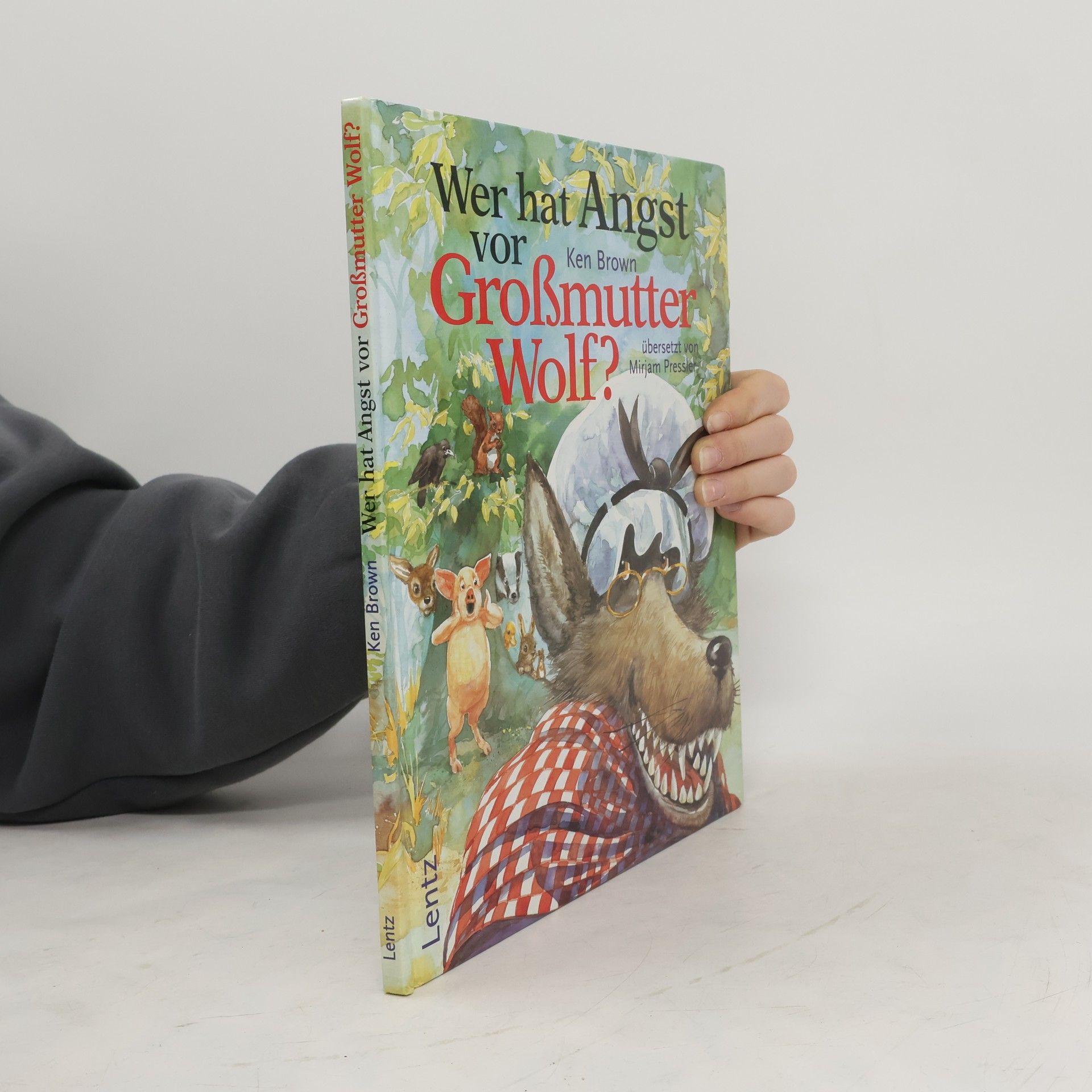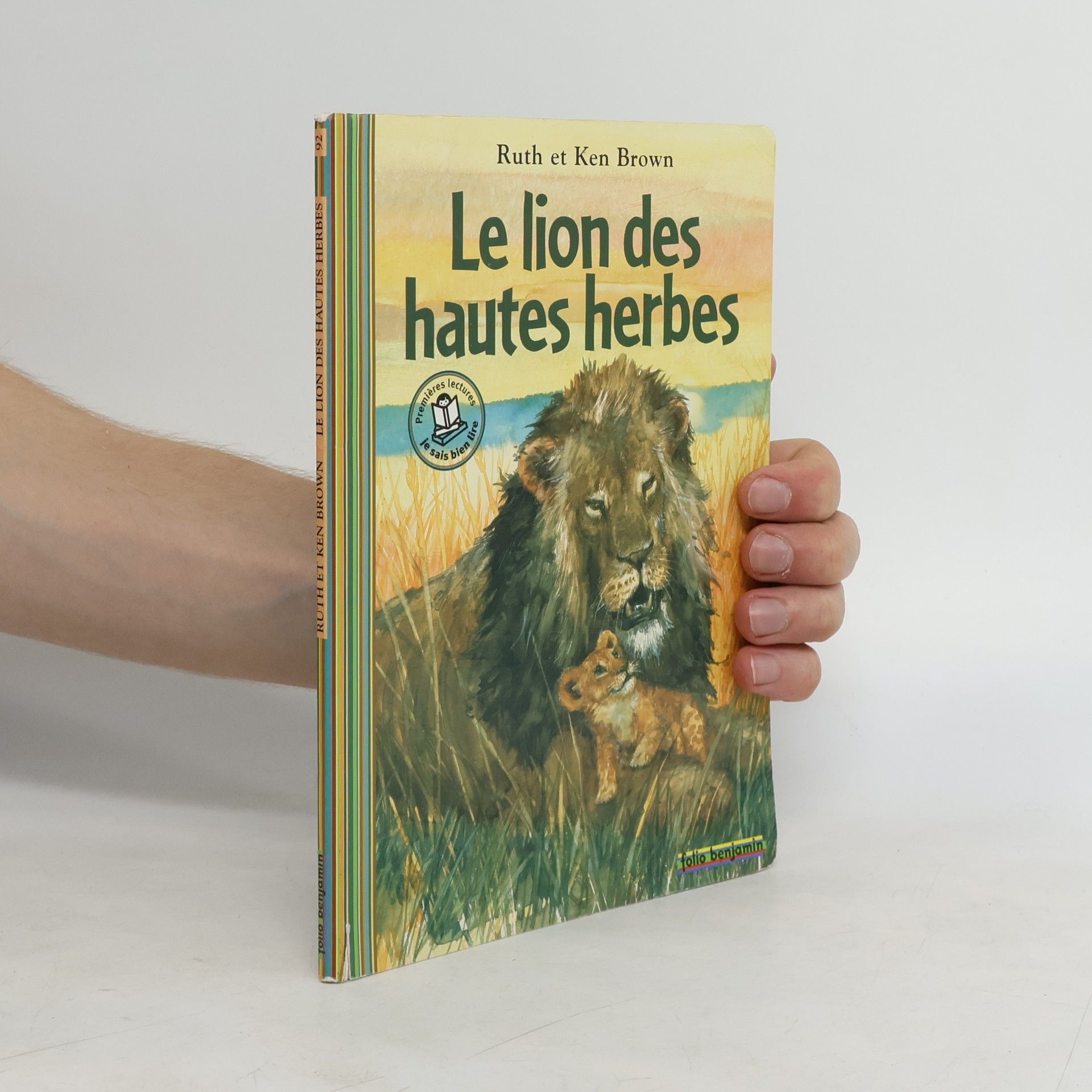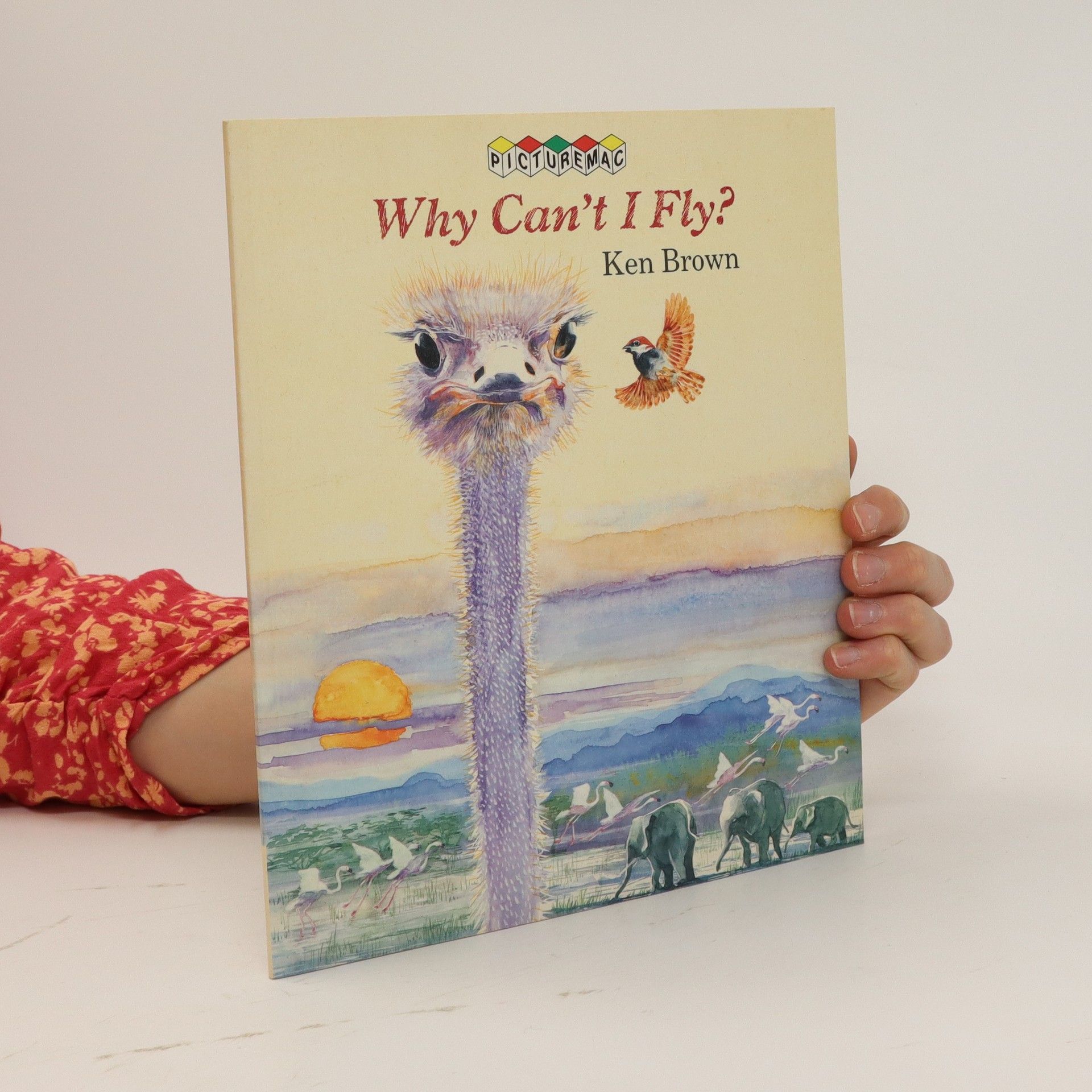One Putt
- 176 páginas
- 7 horas de lectura
Achieve perfect putting with golf's best-loved analyst and commentator "As well as being a great tool for instruction, it's also a fascinating insight into one of the world's best putters." Tommy Fleetwood REVISED AND UPDATED! Climb the ladder to achieve one-putts by choosing the right putter, achieving an immaculate set up, reading the greens, acquiring touch and feel and honing your skills through drills with One Putt. This book also includes some stunning photography from Getty's No.1 golf photographer as well as many shots of today's leading Pros shot especially for the book. With one of TV's best-loved golf analysts, Ken Brown's own analysis and stories from a wealth of experience, this heavily illustrated, easy-to-follow book will make honing this golfing skill easy and entertaining.



